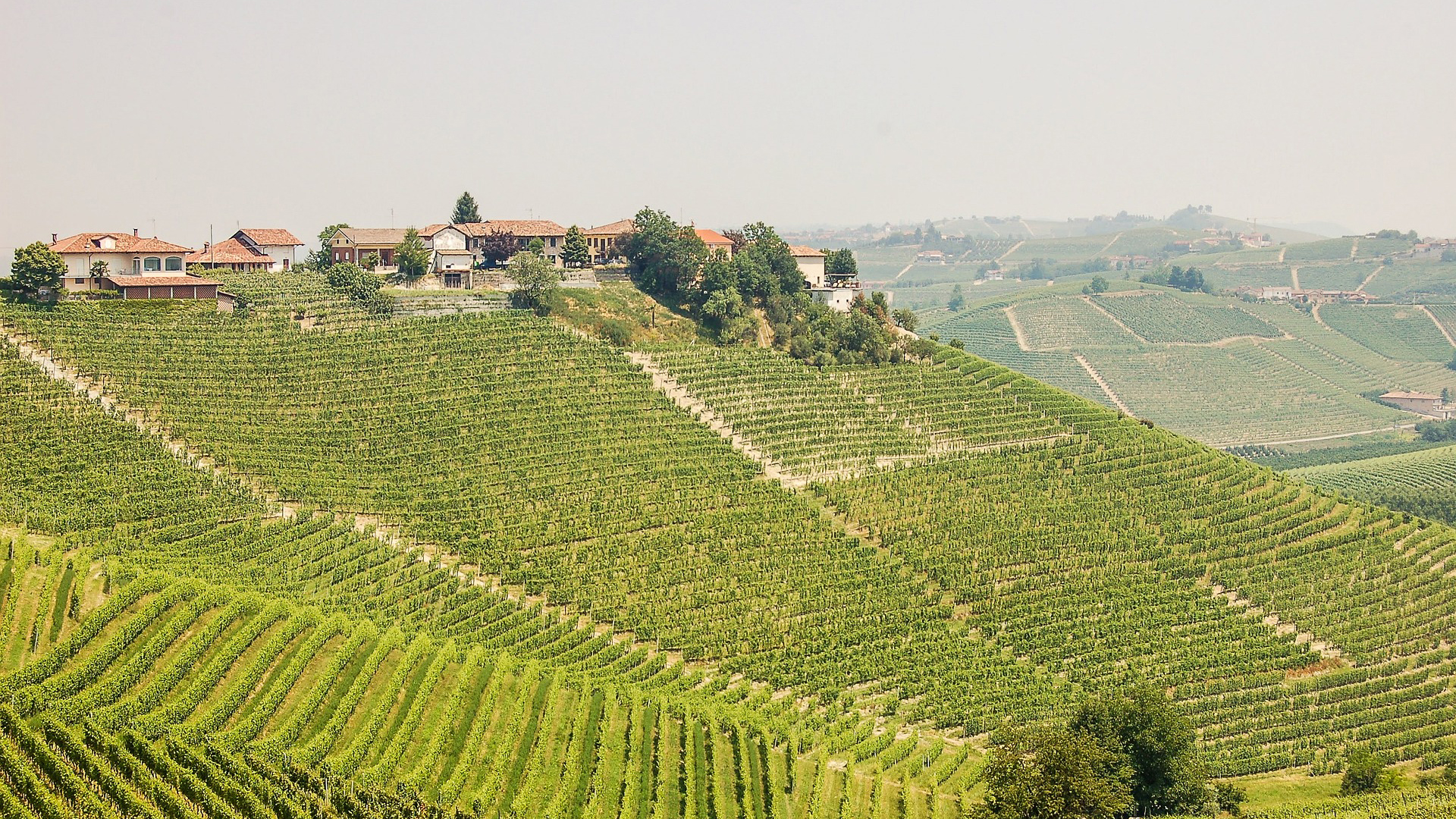Italy boasts more World Heritage sites than any other country in the world. It has 53 cultural and five natural UNESCO World Heritage sites, for a grand total of 58. UNESCO World Heritage Sites are deemed to be of “outstanding value to humanity.” These sites are actively identified, protected, and preserved under the Convention concerning the Protection of the World Cultural and Natural Heritage, which was adopted in 1972.
Every week, America Domani will release a list, and brief description, of 5 UNESCO World Heritage Sites, listed in the order in which they were inscribed. Last week’s list included Mantua and Sabbioneta, The Dolomites, and the prehistoric pile dwellings around the Alps.
Longobards in Italy, Places of Power, 568-774 AD (2011)
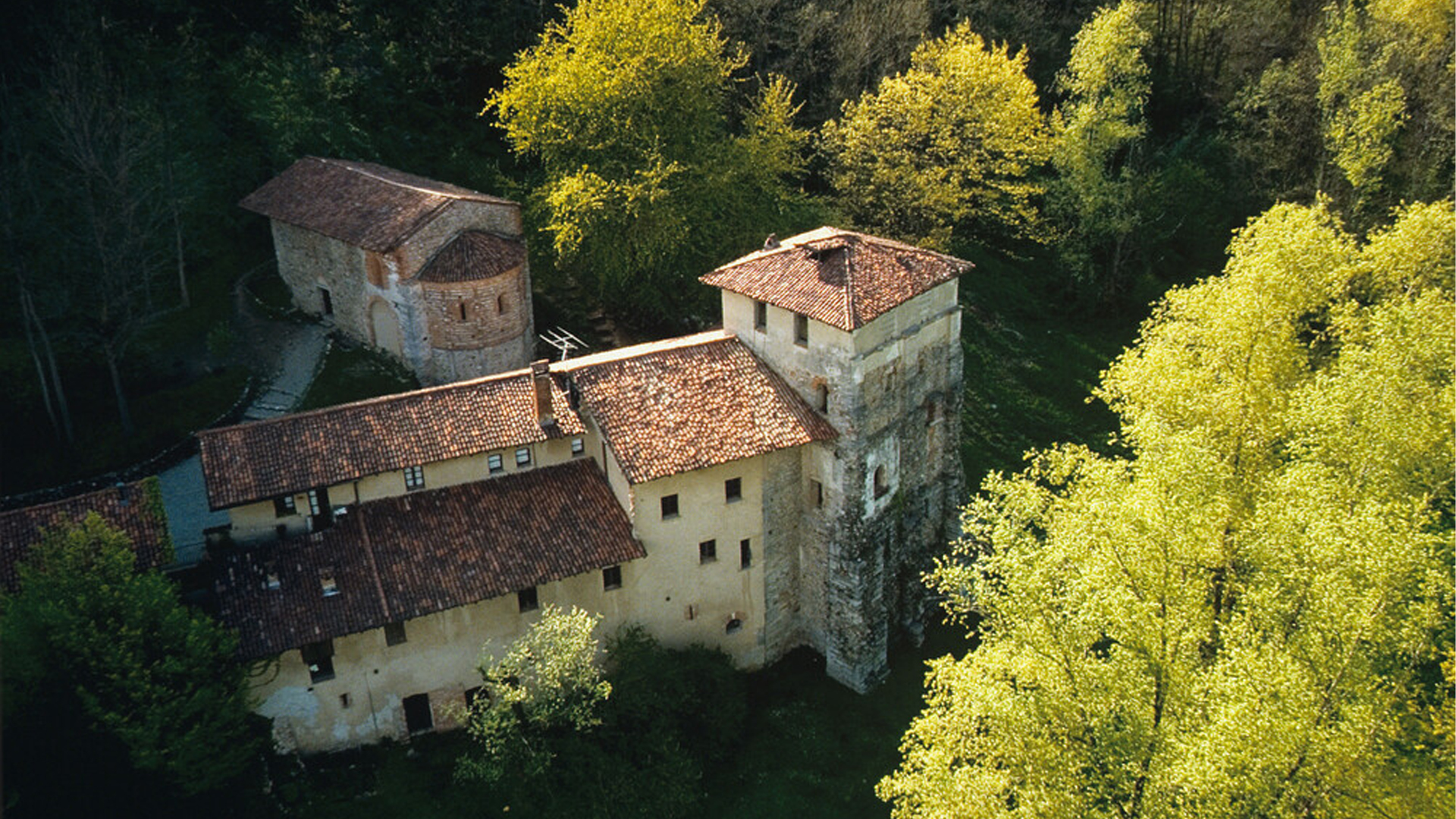
(Photo Credit: Italian Environment TRUST via UNESCO)
These comprise seven groups of buildings throughout the Italian peninsula which testify to the architectural achievements of the Lombards. The Lombards were a group of people who migrated from northern Europe to Italy, where they ruled over vast territories from the 6th to the 8th centuries.
Medici Villas and the Gardens in Tuscany (2013)
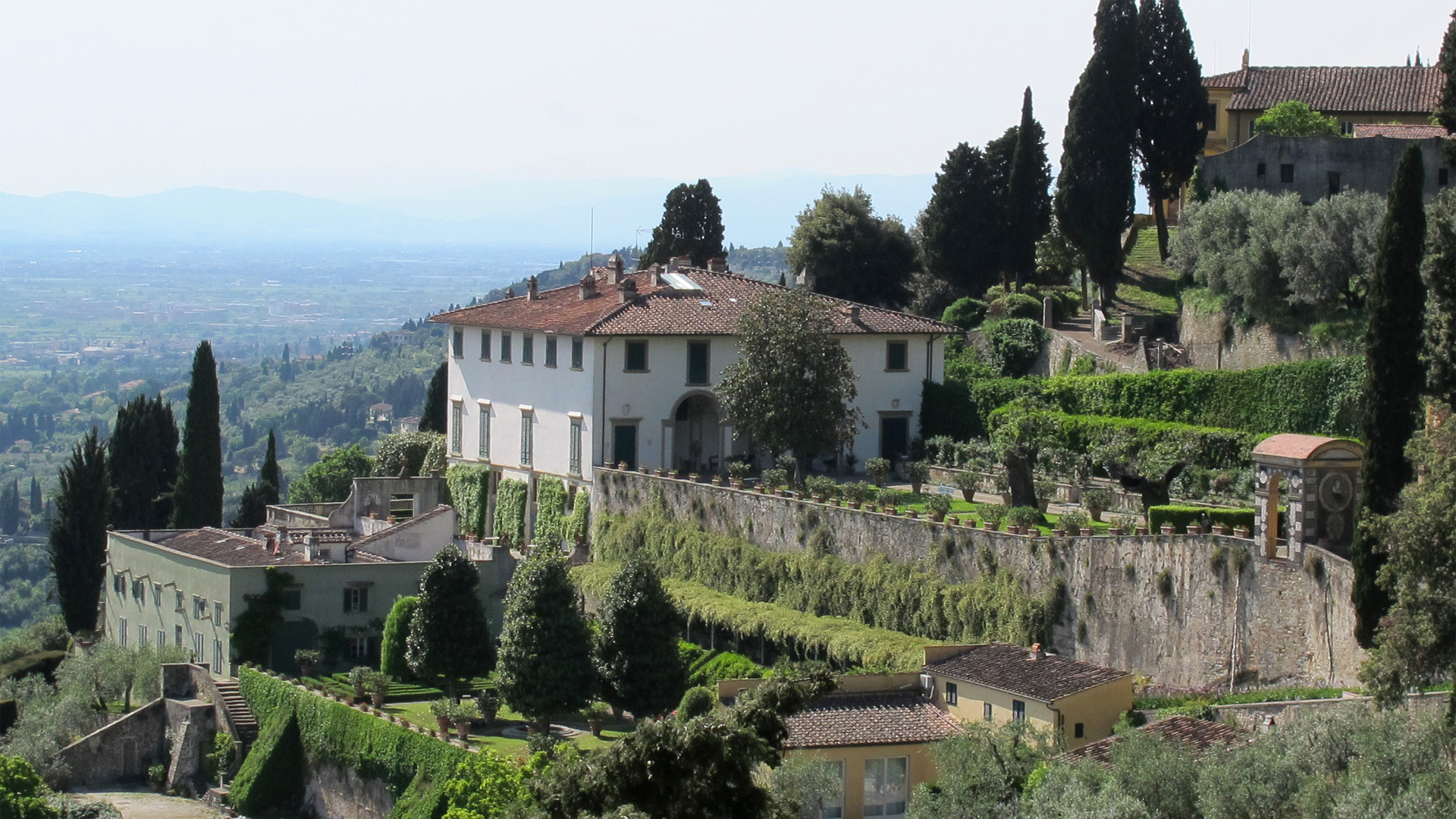
The Medici Villas consists of two villas and two gardens which testify to the power the Medici family wielded between the 15th and 17th centuries. The villas were constructed in a novel way to create a new kind of princely residence. This style became an enduring reference for princely residences throughout Italy and Europe during the Renaissance.
Mount Etna (2013)

Mount Etna is the tallest Mediterranean island mountain and the most active stratovolcano in the world. Its eruptive history can be traced back to 500,000 years ago, 2,700 of which have been documented. Mount Etna continues to influence volcanology, geophysics and other Earth sciences.
Vineyard Landscape of Piedmont: Langhe-Roero and Monferrato (2014)
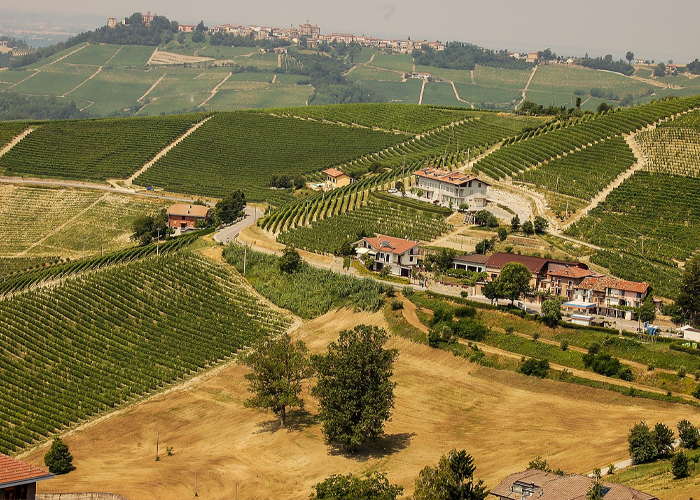
This landscape covers five separate wine-growing areas as well as the Castle of Cavour. Located in southern Piedmont, vine pollen in the area can be traced to the 5th century BC. The ancient Roman philosopher Pliny the Elder once referred to Piedmont as the most favorable territory for growing wines in Italy.
Arab-Norman Palermo and the Cathedral Churches of Cefalú and Monreale (2015)
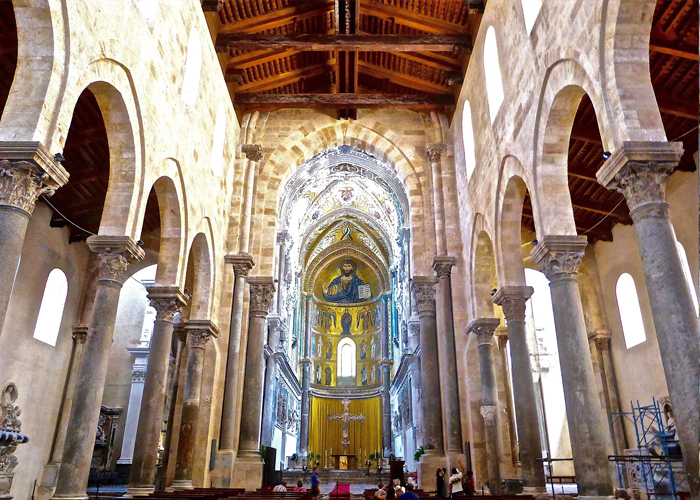
Arab-Norman Palermo includes nine civil and religious structures dating to the Norman kingdom of Sicily between 1130 and 1194 AD. These structures include two palaces, three churches, a bridge, and three cathedrals, including those of Cefalú and Monreale.
Asia London Palomba
Asia London Palomba is a trilingual freelance journalist from Rome, Italy. In the past, her work on culture, travel, and history has been published in The Boston Globe, Atlas Obscura, The Christian Science Monitor, and Grub Street, New York Magazine's food section. In her free time, Asia enjoys traveling home to Italy to spend time with family and friends, drinking Hugo Spritzes, and making her nonna's homemade cavatelli.

